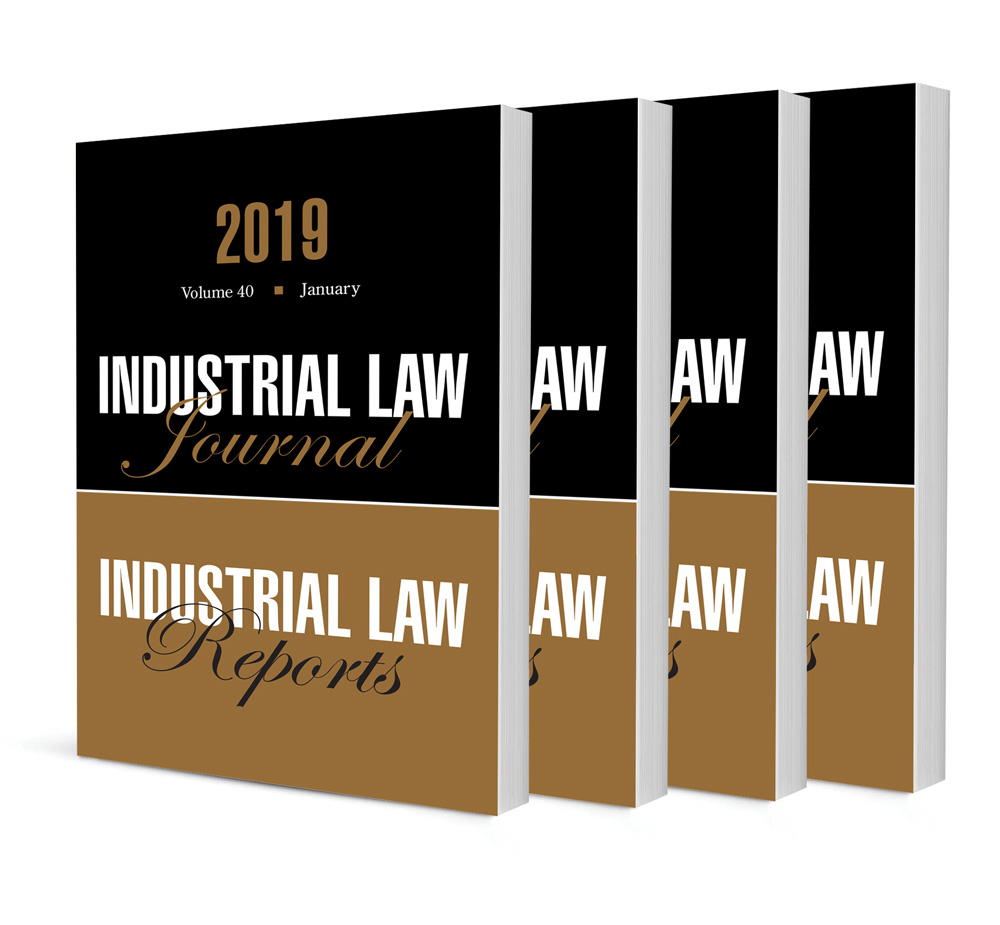Interdicting protected strikes on account of violence

Interdicting protected strikes on account of violence
Authors Anton Myburgh SC
ISSN: 2413-9874
Affiliations: Advocate of the High Court of South Africa; Adjunct Professor of Law at Nelson Mandela University
Source: Industrial Law Journal, Volume 39 Issue 2, 2018, p. 703 – 724
Abstract
Strike violence is an abuse of the constitutional right to strike and amounts to collective brutality and economic duress. This article examines the difficult question whether, in the absence of a legislative amendment expressly affording it the power to do so, a protected strike can be interdicted by the Labour Court on account of strike violence. There are two judgments in which the court has indicated a preparedness to grant such an interdict: Tsogo Sun Casinos (Pty) Ltd t/a Montecasino v Future of SA Workers Union & others (2012) 33 ILJ 998 (LC), and National Union of Food Beverage Wine Spirits & Allied Workers & others v Universal Product Network (Pty) Ltd: In re Universal Product Network (Pty) Ltd v National Union of Food Beverage Wine Spirits & Allied Workers & others (2016) 37 ILJ 476 (LC). But a final interdict is yet to be granted on this basis. In order for the court to be empowered to grant such an interdict, the violence must either have caused the strike to lose its protected status or have caused it no longer to qualify as a ‘strike’ as defined in s 213 of the Labour Relations Act 66 of 1995. Arguments in support of both constructions are advanced.